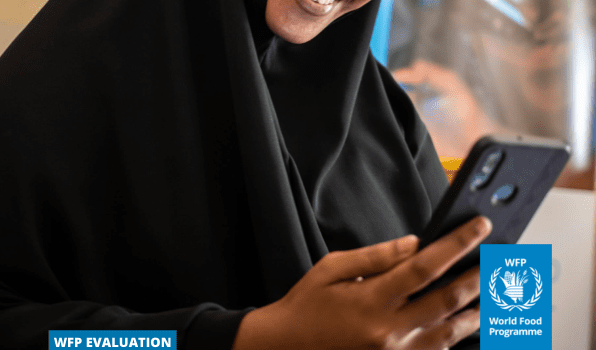Strategic Evaluation of WFP’s Use of Technology in Constrained Environments – Centralized Evaluation Report – Volume I, January 2022 – World
Over the past decade, the humanitarian context has seen an increase in the number, scale,
complexity and duration of humanitarian crises due to violent conflict, climate change, epidemics and other
human-caused and natural disasters of growing proportions. With no indication of these trends changing in
the near future, it is expected that humanitarian needs will continue to rise. At the same time, the
humanitarian funding gap is growing, as are expectations by donors and politicians regarding transparency,
accountability and value for money with regard to humanitarian assistance. Humanitarian organizations are
therefore faced with rising needs across the globe as well as increasing expectations regarding cost-efficiency and the protection of the people they serve.
Simultaneously, the protracted nature of many contemporary crises entails that most
environments in which WFP operates are constrained in one way or another as a result of fragility and
extreme poverty, often linked to and compounded by conflict or other human-caused and natural disasters.
In parallel and in response to these trends, WFP has made a significant shift in its approach from food aid to
food assistance accompanied by a rapid increase in the scale of cash-based transfers (CBTs), which is
expected to provide more people and the right people with the right assistance at the right time, while also
ensuring that operations are cost-efficient.
In parallel, across the humanitarian sector digital technologies and data have been regarded as
transformational factors to be used in the pursuit of the Sustainable Development Goals. Digital innovations
have been deployed over the past decade to ensure internet access and connectivity to populations on the
move, to enable the use of mobile money payment applications for cash-based transfers and for identity
registration and verification, among other things. While technological innovation in the humanitarian sector
has the potential to improve the quality and continuity of assistance and yield effectiveness and efficiency
gains, it can also present major risks and uncertainties, including potential repercussions for affected
populations. Digital technologies, for example, can lead to the creation of more inequality and violence,
including threats to privacy as a core human right, the risk of growing disparities and imbalances through
elite capture of data, the threat of identity theft and fraud and the environmental impact of technological
infrastructure.








Gloss